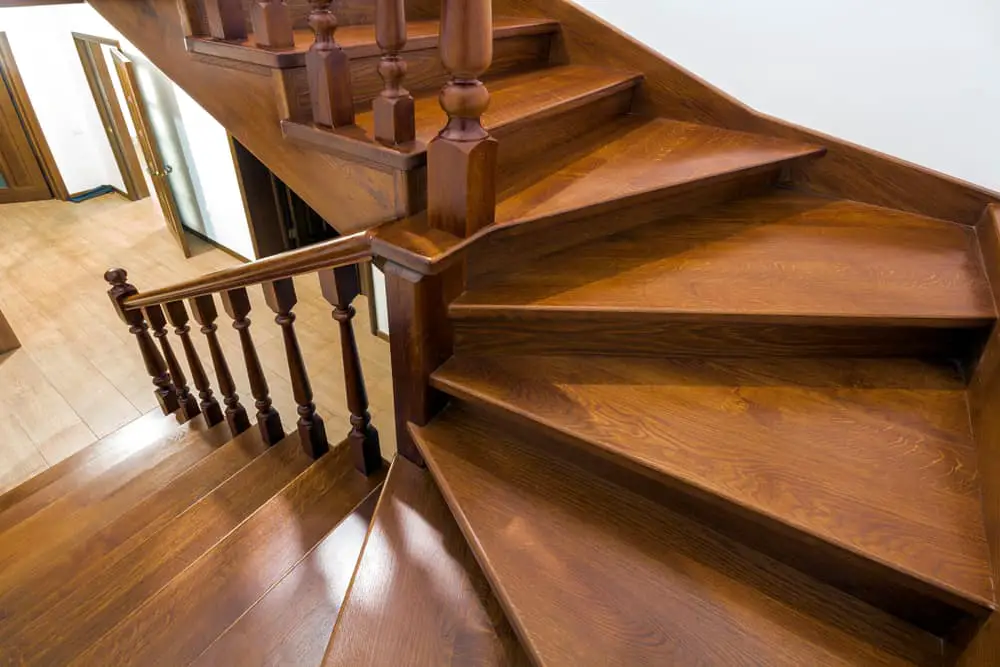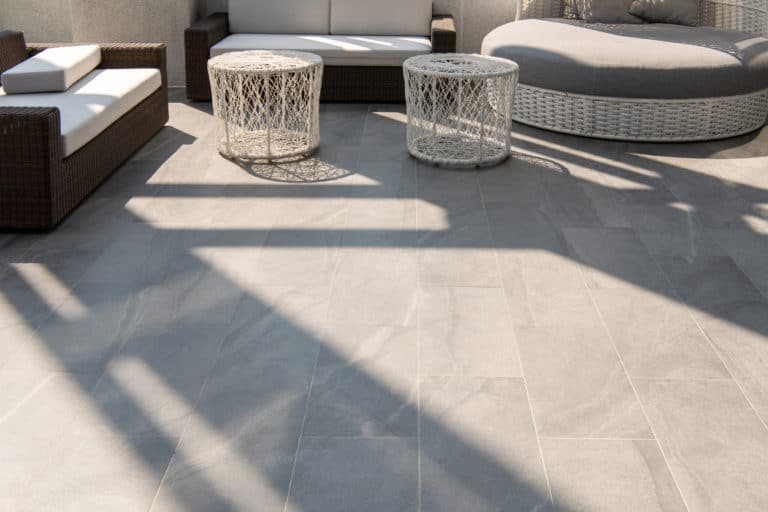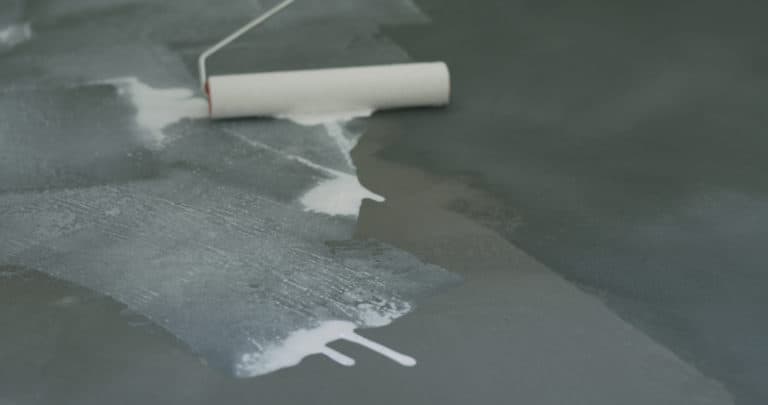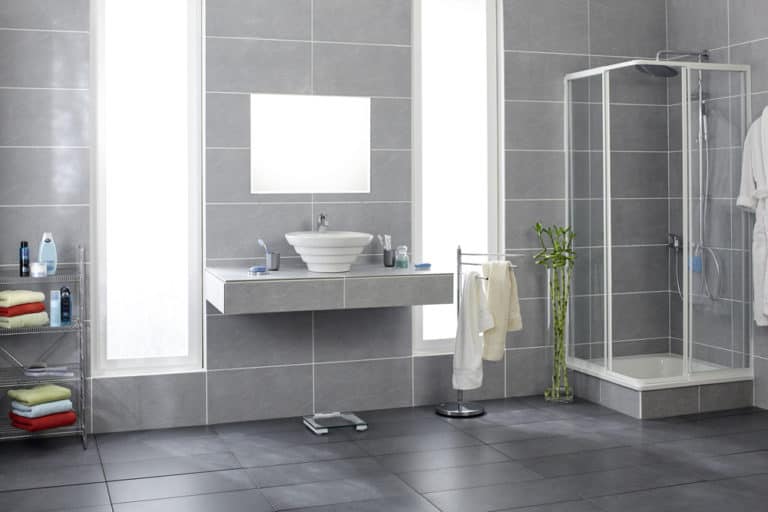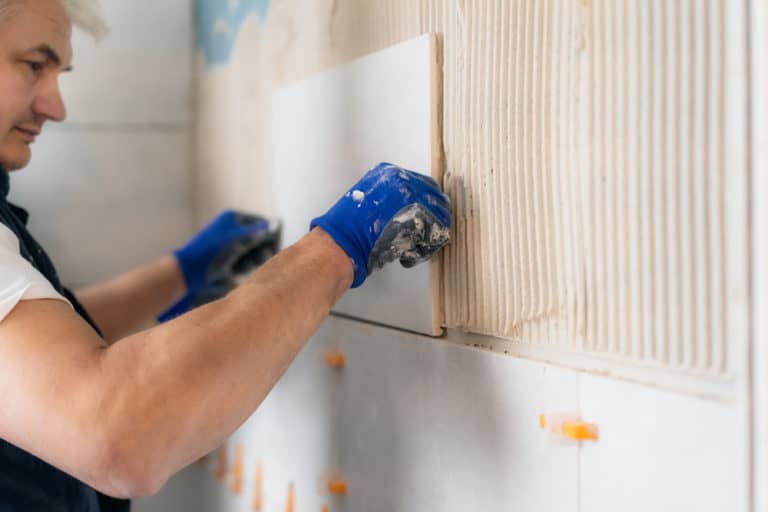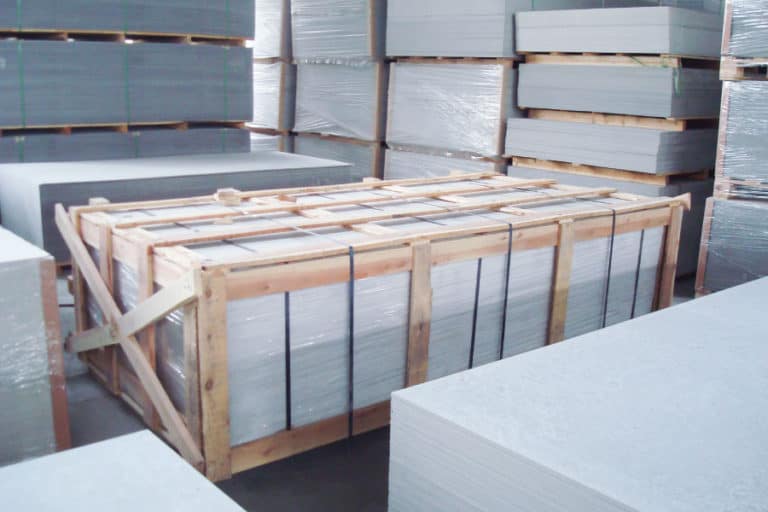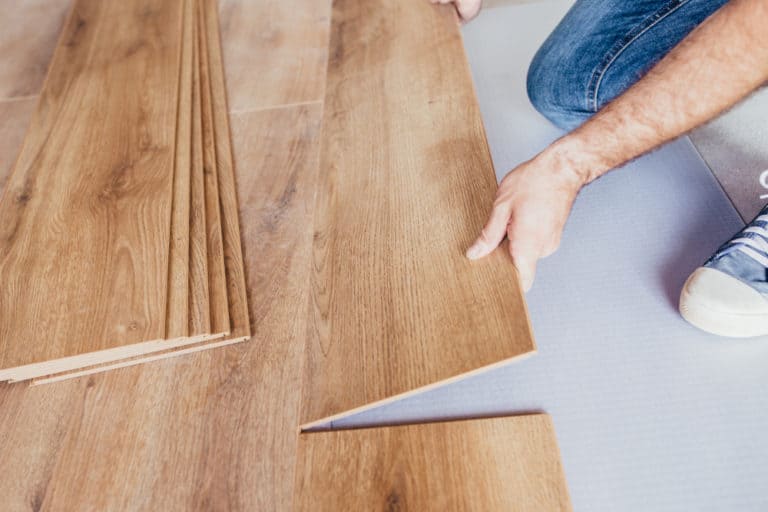Are Wooden Stairs Slippery?
A beautiful wooden staircase flowing down into your living room or hallway can be one of your home’s most stunning focal points. Falling down your focal point because it’s too slippery is less than ideal and potentially deadly. Stairs should not be decorative at the expense of being dangerous. Are wooden stairs slippery?
Hardwoods make beautiful staircases with their polished surfaces and the touch of warmth they add to the home. But the attractive high gloss look of wooden stairs can make the stairs slippery. This is an obvious danger in the house, but there are products available that can help prevent casualties.
Although wooden stairs can sometimes be slippery, they create a warm and elegant feel to the home. Wood is a material used to build staircases in various interior design styles, including contemporary, rustic, and classic. It’s also comes in a variety of colors and wood types to suit your taste.
Are Wooden Stairs Slippery?
Wooden stairs can be slippery. Sometimes the highly polished surfaces don’t provide any traction for smooth-soled shoes or for those who walk around in their socks. Old wooden staircases can also be worn in certain places, making them smooth and slippery.
It is also true that stairs covered in other materials such as carpeting can also be “slippery.” While they may not have that slick smoothness that can send one flying, carpets and other coverings also get worn over time and may not provide the grip they once had.
Methods To Make Wooden Stairs Less Slippery
It is essential that your staircase and railing also meet the requirements of the building code. Installing carpet, anti-slip adhesive stair treads, or adding a layer of anti-slip floor finish to the surface of each stair is the best option to make your hardwood stairs less slippery. These techniques roughen the surface of each stair, increasing traction and lowering the chance of slipping.
Laying Carpets On Wooden Stairs To Prevent Slipping
Laying carpet runners over wooden staircases has been a popular choice over the years. Stair runners are carpet pieces that run the length of your stairs but do not span the entire width of each one.
Stair runners have the following benefits: they cover the entire depth of each stair tread, prevent the wood from deteriorating, reduce noise, and they can give the stairs more traction. But they are costly, they can be difficult to clean, and are not always easy to install. The carpet on the edges of the stairs can wear out and become slippery over time.
Use Anti-Slip Adhesive Stair Treads For Slippery Stairs
Several companies manufacture clear adhesive treads for residential stairs. You simply have to roll the sticky side of the treads across each step to install. The treads make the stairs slightly rough, but they are still comfortable to walk on with bare feet. The downside of these adhesive treads is that it is difficult to stick them on entirely straight, and they can also develop bubbles.
There is also the option of carpet stair treads. These are single pieces of carpet that we stick to each individual step with carpet tape. They are cheaper than installing a full waterfall-style carpet runner and are made of anti-slip fibers. But they don’t provide as much grip because they don’t cover the edges of the steps. They can also slip around if not installed correctly.
Hardwood stair tread covers come in a matching set of covers and risers. These wooden pieces fit directly onto the stairs once any old carpets or other finishes have been removed.
Laminated treads are the synthetic version of the hardwood stair tread covers. They are cheaper but may not always include the risers in the package. They are installed with construction adhesive.
Rubber stair tread covers are very practical for basement stairs or outside steps. They are designed to prevent slipping on wet or icy stairs but still have a decorative look. They can easily be pulled off for cleaning or when you want to replace them.
Composite anti-slip tread covers are comprised of molded fiberglass and resin. They cover the whole tread and can cover any type of material, including wood. They are suitable for outside areas and garage stairs, and basement stairs.
Sisal stair tread covers are durable, skid-resistant, and pair well with many styles of staircases. Sisal is a plant fiber used in the manufacturing of ropes, twine, shoes, and fabric. It is very hard-wearing and provides excellent traction.
Use Anti-Slip Floor Finishes On Slippery Wooden Stairs
These come in two forms: clear coating and paint. The liquid coatings incorporate small gritty particles that add some roughness to the wood but are invisible to the naked eye. This is an excellent option if you enjoy the appearance of the wood and don’t want to install carpets or other coverings.
You can make an inexpensive homemade anti-slip coating for your stairs by adding some fine sand to a clear water-based urethane. You don’t lose the beautiful look of the wood and still get the non-slip effect.
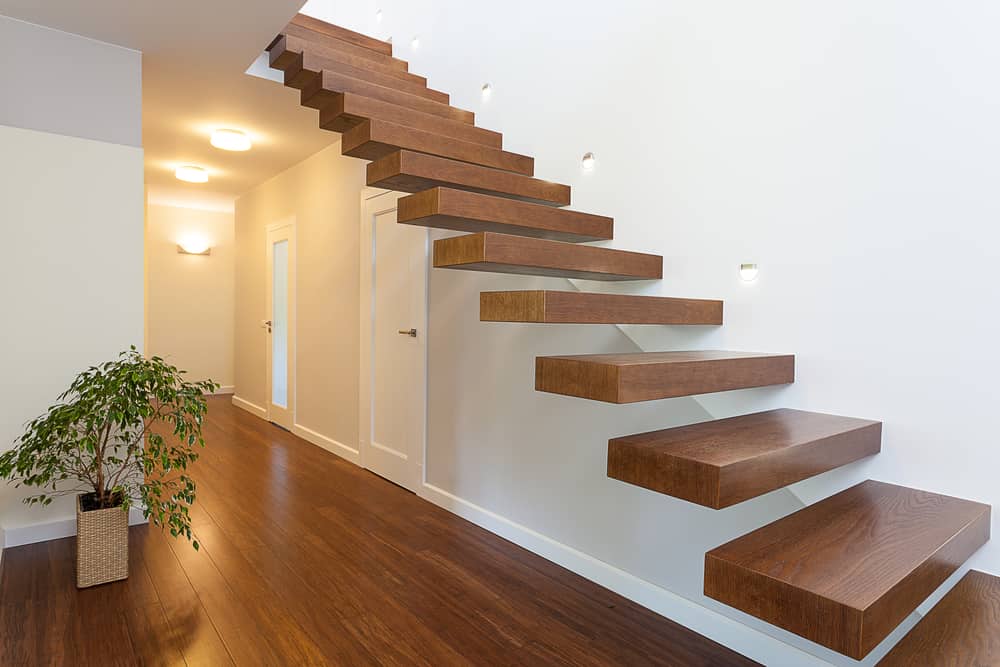
Ensure That The Wooden Stairs Meet The Building Requirements
People are more likely to slip down a staircase that does not meet the legal safety requirements of the building code. Here are the basic rules:
- The width of a stairway between the two walls must be at least 36 inches wide.
- The height of the risers may not be more than 7 and ¾ inches.
- The tread depth is the measurement between the back and front of each step. The minimum depth is 10 inches, and the largest may not be more than 3/8 of an inch deeper than the smallest tread.
- The staircase must have a consistent headroom not lower than 6 feet 8 inches.
- Each staircase must have at least one handrail, and it may not protrude more than 4.5 inches from the wall. They have to be between 34 and 38 inches from the landing of each step.
The Best Wood For Your Stair Treads
You’ll have a lot of alternatives when it comes to constructing wood stair treads for your home. The ideal wood for stair treads is a question of personal taste; any hardwood or pine species would suffice. The sort of grain and tints you choose and whether you want your stair treads to match or complement your hardwood floors are all factors to consider.
You can choose a different type of wood for your stair treads to complement your floors if you prefer. The ideal wood for stair treads is usually the same wood you chose for your hardwood flooring s. By matching the treads to your floors, you’ll achieve visual consistency and a better sense of flow in your home.
As you complete your stairwell, remember that these hardwood finishes can be slippery. It would be practical to choose the non-slip finish to apply straight after the stairs are constructed.
We have other information on the links below about deck stairs and materials to help you make your choice.
- How many deck stairs do I need
- Do I need stairs on my deck
- Why I need stairs on a deck
- Can tiles be used on stairs
- Are wooden stairs slippery.
Conclusion
Although wooden stairs can be slippery, various products are available to make them less slick. These anti-slip products are available in varieties that will suit every taste. So there is no reason not to construct a beautiful wooden staircase that will only add value to your house. So, if you watch your step, your stairs can still be a decorative focal point rather than a death trap.
References
- https://www.houzz.com/discussions/2469222/are-your-wood-stair-treads-slippery
- https://homeguides.sfgate.com/fix-slippery-staircase-41578.html
- https://www.thespruce.com/carpet-on-stairs-1822568
- https://www.thespruce.com/quick-overlays-for-staircase-treads-4040500
- https://wideplankflooring.com/our-floors/best-wood-for-stair-treads/
- https://prudentreviews.com/how-to-make-stairs-less-slippery/
- https://www.realhomes.com/advice/how-to-paint-your-stairs-ideas-and-tips

